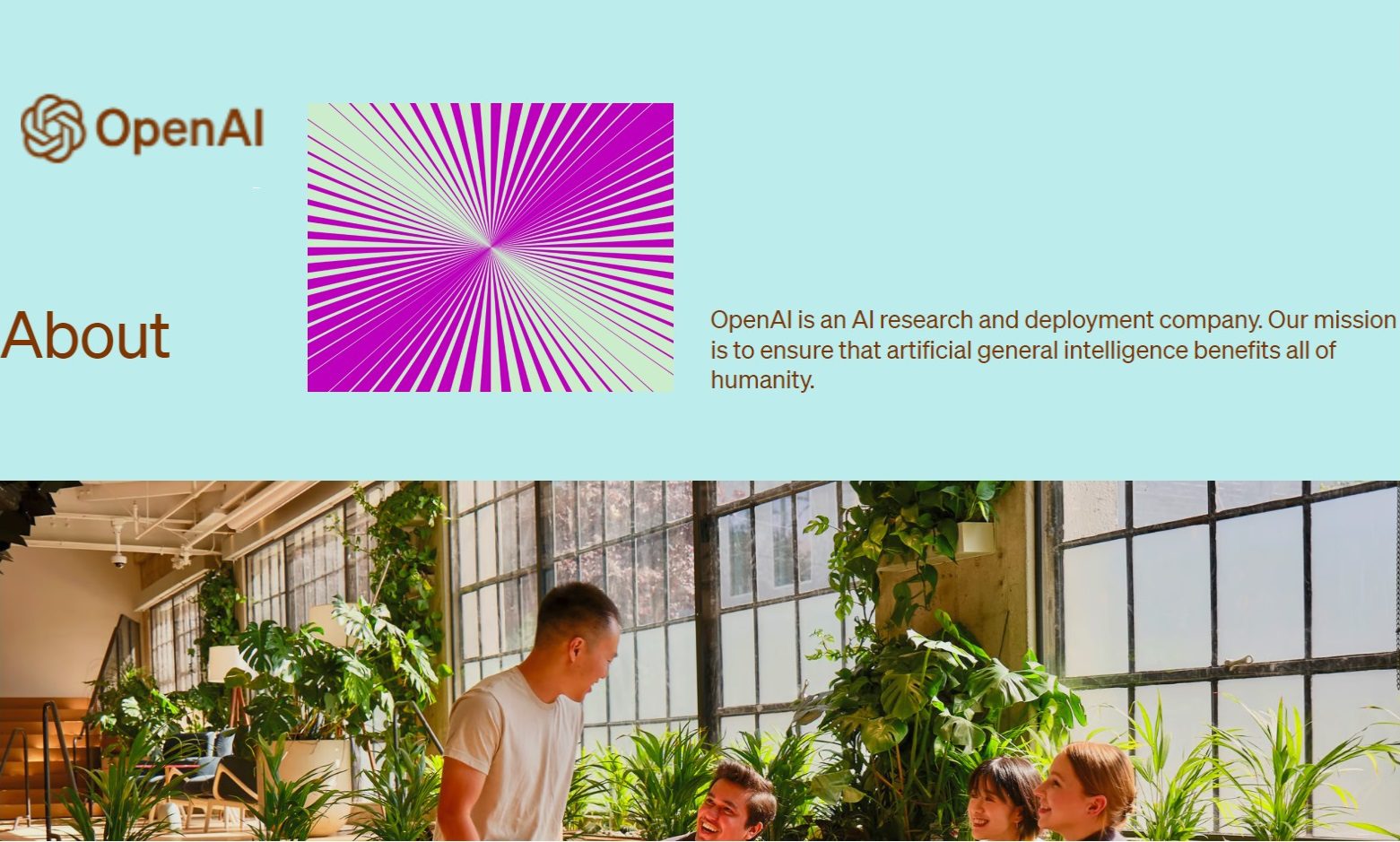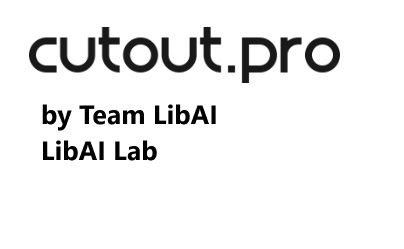OpenAI, a prominent leader in the AI industry, offers a wide range of artificial intelligence products and services designed to cater to various sectors, including but not limited to, technology, education, healthcare, and entertainment. The organization has been at the forefront of AI research and development, pushing the boundaries of what’s possible with machine learning and deep learning technologies.
OpenAI provides several AI tools and platforms, with GPT (Generative Pre-trained Transformer) models, like the GPT-4, being among the most well-known and the latest arrival GPT-4-o mini. These models excel in natural language processing, enabling a multitude of applications from conversational agents to content generation and language translation. OpenAI also offers DALL·E for AI-driven image creation, Codex for programming assistance, and a suite of other AI tools designed to solve complex problems.
Pros:
- Leading-Edge Technology: OpenAI’s models are among the most advanced, providing high-quality outputs across various applications.
- Wide Range of Applications: From content creation to coding assistance, OpenAI’s tools can be applied across numerous fields and industries.
- Community and Support: OpenAI has a strong community and offers robust support for developers, making it easier to integrate their AI into various projects.
- Ethical AI Use: OpenAI is committed to the ethical use of AI, focusing on safety and security in AI development and deployment.
Cons:
- Cost: For businesses and individuals requiring high usage, the cost can be significant, making it less accessible for smaller entities.
- Complexity in Integration: Depending on the application, integrating OpenAI’s models into existing systems can require a significant amount of technical knowledge.
- Limited Customization: While highly versatile, there may be limitations in customizing the models for highly specific or niche use cases.
Pricing
OpenAI operates on a usage-based pricing model, which can vary widely depending on the specific product and the scale of use. For example, GPT-4 pricing is based on the number of tokens processed, while DALL·E charges per image generation. OpenAI provides a detailed pricing structure on its website, including free tiers for developers to start with and enterprise solutions for larger-scale applications.
Use Cases
- Content Creation: Generating written content for blogs, articles, and marketing materials.
- Conversational Agents: Building sophisticated chatbots and virtual assistants for customer service and engagement.
- Education: Personalizing learning materials and creating interactive educational tools.
- Software Development: Assisting in coding through natural language commands and automating code generation.
- Creative Arts: Generating unique images, art, and designs using DALL·E.
OpenAI stands out for its cutting-edge AI models and broad application scope, making it a go-to choice for businesses and developers looking to leverage AI. While considerations around cost and technical integration may pose challenges for some, the benefits and potential of OpenAI’s offerings are significant, driving innovation across industries.





Leave a Reply
You must be logged in to post a comment.